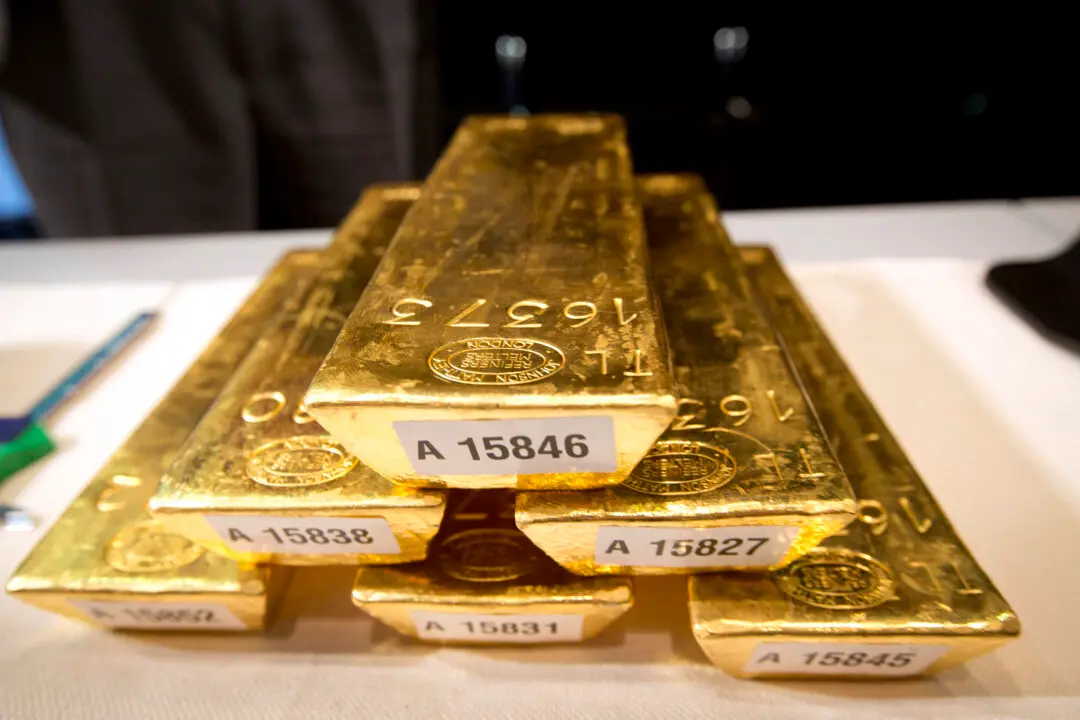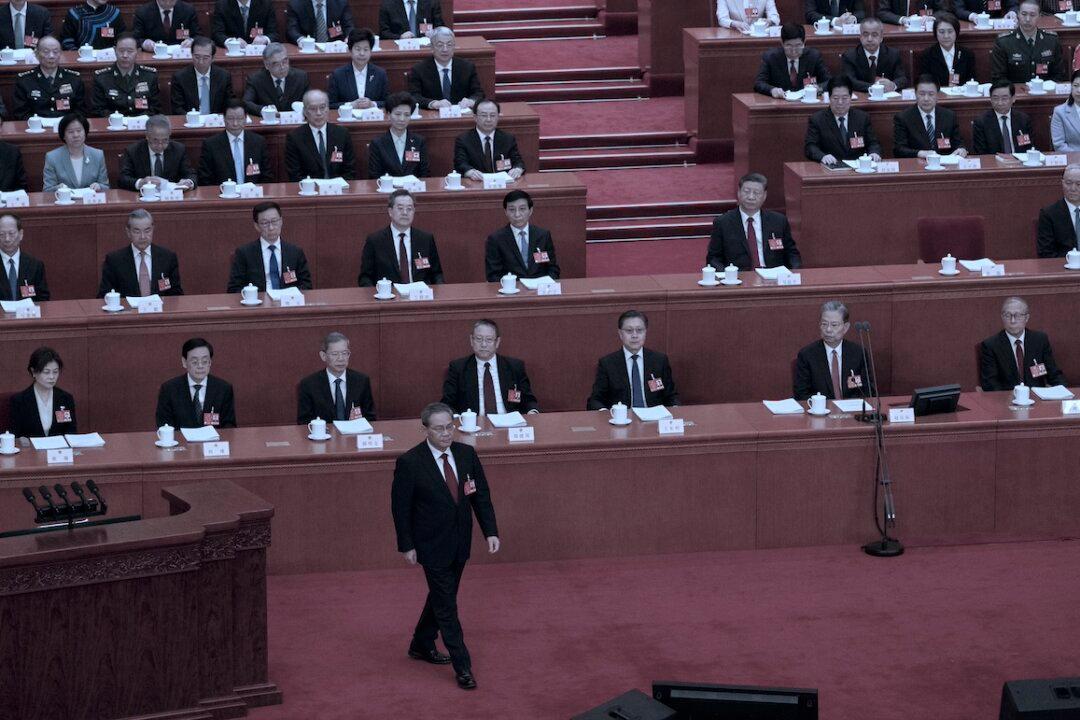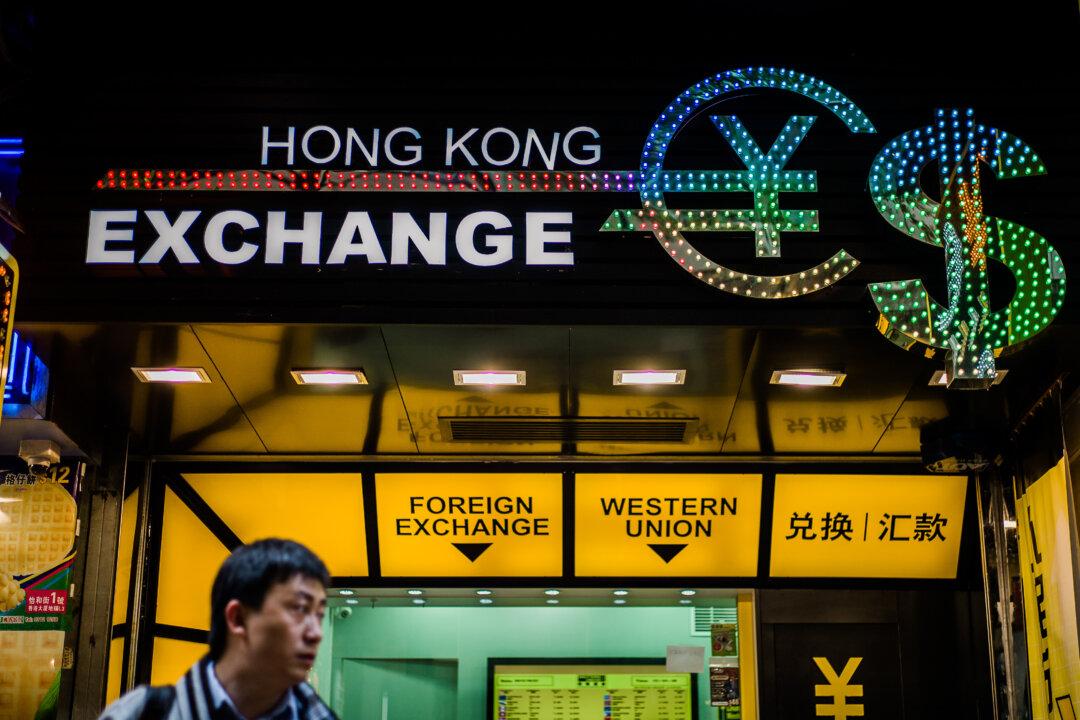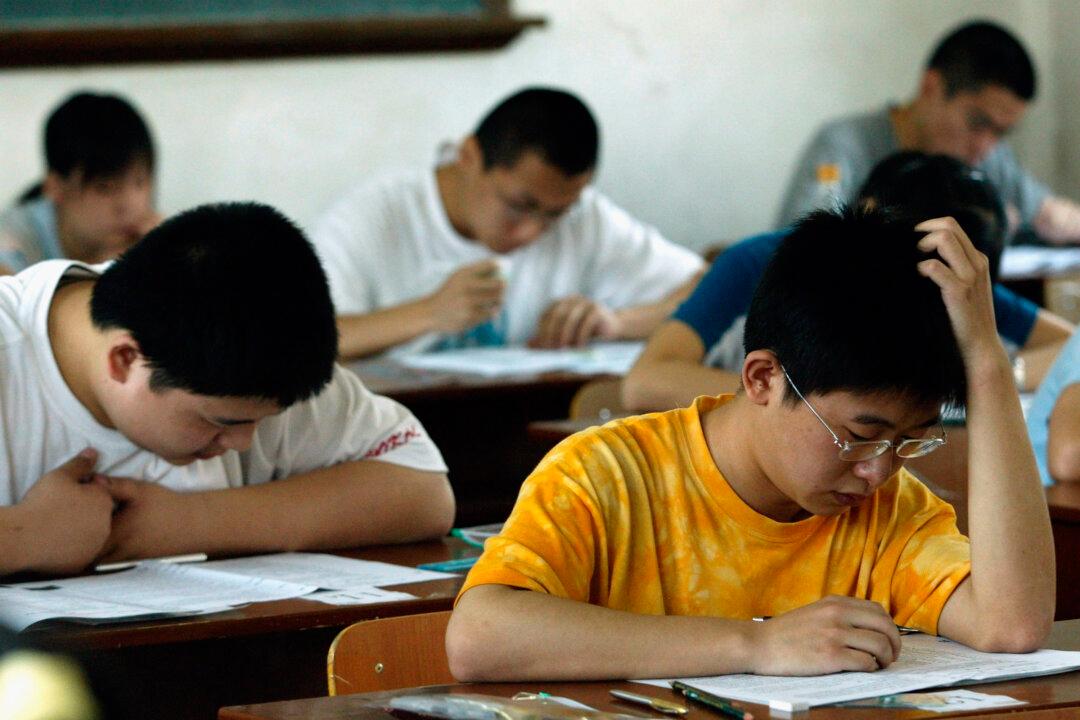The price of gold soared to a new high after China imposed retaliatory tariffs on exports from the United States. The yellow metal is in high demand as central banks and investors increase their gold reserves in anticipation of a worsening U.S.–China trade war.
The rising trend of gold will continue despite the uncertainty surrounding rate cuts by the U.S. Federal Reserve. In early January, Goldman Sachs Group Inc. revised its gold price forecast to reach $3,000 per ounce by mid-2026, half a year later than the previous outlook.
The negotiations surrounding the 10 percent universal tariffs on China, also announced on Feb. 1, are taking longer.
The day after Washington announced a 10 percent universal tariff on Chinese goods, Beijing urged the United States to “view and solve its own fentanyl issue in an objective and rational way instead of threatening other countries with arbitrary tariff hikes.”
Trump is expected to negotiate with Chinese leader Xi Jinping in the near future. However, levies on Chinese goods are likely to stay.
Gold-Buying Spree Among Chinese Investors
As the world’s largest gold consumption country by volume, Chinese demand for the metal is a major market driver. Last year, the country saw weakened demand for gold jewelry and robust investment purchases, according to the World Gold Council.
China’s sluggish economy, bogged down by a collapsed property sector since 2021, is increasingly dependent on exports, making it more vulnerable to tariffs.
Sun Kuo-Shyang, a scholar in Asia–Pacific studies, told The Epoch Times that the Chinese population has contributed to the rise in gold’s price, underscoring their persistent concerns about the depreciation of their assets. Consequently, the Chinese have pivoted away from gold jewelry.
Instead, Chinese purchases of gold bars and coins rose by a quarter of a percent to 373 metric tons (13.2 million ounces), according to the China Gold Association. This shift is primarily driven by the perception that gold bars are more effective for asset preservation.
“The hedging and value-preserving properties of gold became more prominent, leading to a significant rise in gold bar sales,” Chinese gold authorities told state-run media.
China’s central bank has also increased its gold holdings, bringing its total gold reserves to 73.29 million ounces at the end of last year.
Sun expects rising tensions between the United States and China to consistently fuel demand for gold, resulting in climbing prices of the safe-haven asset.
The World Gold Council predicts that demand for gold will continue to be strong in 2025.
“Geopolitical and macroeconomic uncertainty should be prevalent themes this year, supporting demand for gold as a store of wealth and hedge against risk,” the council said.






